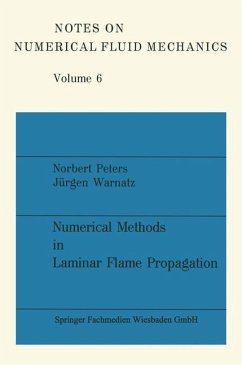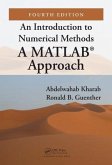This volume collects the results of a workshop held at Aachen, West-Germany, Oct. 12 - Oct. 14, 1981. The purpose in bringing together scientists actively working in the field of numerical methods in flame propagation was two-fold: 1. To confront them with recent results obtained by large ac tivation-energy asymptotics and to check these numerically. 2. To compare different numerical codes and different trans port models for flat flame calculations with complex che mistry. Two test problems were formulated by the editors to meet these objectives. Test problem A was an unsteady propagating flat flame with one-step chemistry and Lewis number different from unity while test problem B was the steady, stoichiometric hy drogen-air flame with prescribed complex chemistry. The parti cipants were asked to solve one or both test problems and to present recent work of their own choice at the meeting. The results of the numerical calculations of test problem A are challenging just as much for scientists employing numerical me thods as for those devoted to large activation-energy asympto tics: Satisfactory agreement between the five different groups were obtained only for two out of six cases, those with Lewis number Le equal to one. The very strong oscillations that oc cur at Le = 2 and a nondimensional activation energy of 20 were accurately resolved only by one group. This case is par ticular interesting because the asymptotic theory so far pre dicts instability but not oscillations.




